An Arduino video display shield with integrated framebuffer and composite video output.
Designed by Pier 42 in Canada
This product is no longer available for sale.
The seller may be offering an improved version or it may be hanging out on the beach, enjoying the retired life.
This product got replace by my 4x Video Display Shield/Wing. Please follow this link. What is it? This Arduino Video Display Shield provides an analog composite video display with integrated frame b…
Read More…This product got replace by my 4x Video Display Shield/Wing.
Please follow this link.
This Arduino Video Display Shield provides an analog composite video display with integrated frame buffer memory accessible through SPI. It can be ordered as NTSC version with a 3.579545MHz crystal or as PAL version with 4.43618MHz crystal. Currently, 2 resolutions are implemented:
The heart of this design is the VLSI VS23S010D-L chip, which is able to output composite video with resolutions from 320x200 in 65536 colours to 720x576 in 4 colours. The chip has a 1Mbit framebuffer, unused memory can be used for graphics tiles, which can be copied into the image data by the internal fast memory block move hardware.
A 2Mbit SPI FLASH memory is available onboard. It is pre-loaded with a character bitmap consisting of 94 characters (ASCII code 33-126). A SOIC-8 footprint for an I2C EEPROM is also on board, but not populated.
The board uses the Arduino IOREF voltage to translate between 3.3V on the shield side and the respective IO voltage on the Arduino side. This shield works together with UNO, MEGA and also with any 3.3V system that uses the Arduino form factor and pinout, without modifications.
I wanted to provide a device to give full format display capabilities to the Arduino world and make use of all the analog video displays and composite video inputs that are still available on every LCD TV.
This is a video card for Arduino that uses a dedicated framebuffer + hardware to generate the video signal. This keeps the controller free for its main tasks and updates the display framebuffer through fast SPI transfers. There are a lot of solutions out there that use the microcontroller itself and its internal peripherals for timing and signal generation. Those take valuable resource and computing power away from the microcontroller.
| Quantity | Price |
|---|---|
| 1-4 | $9,999.00 |
| 5+ | $27.00 |
Product: (5.00)
Documentation: (5.00)
Shipping: (5.00)
Communication: (5.00)
Gregory | Feb. 20, 2020
Eduard | Dec. 12, 2019
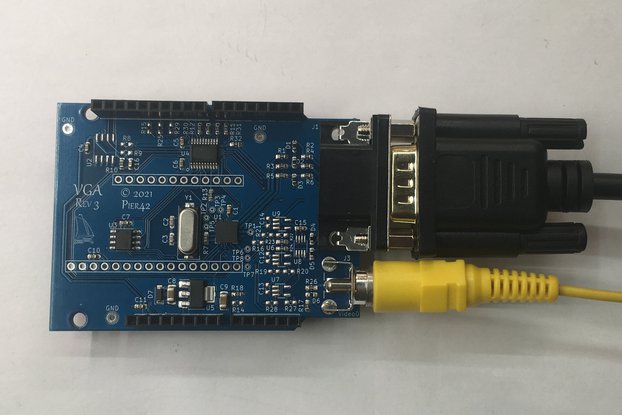
$35.00
Free Shipping!
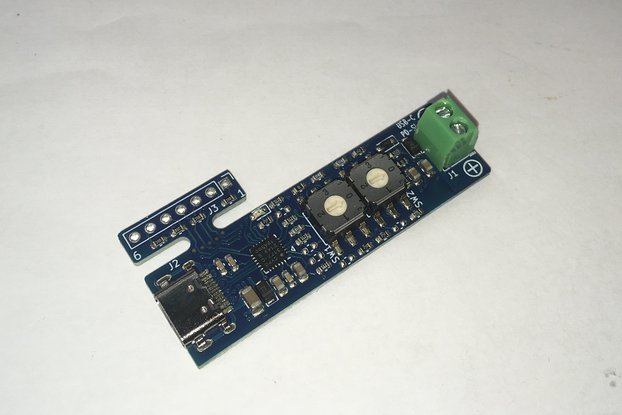
$19.00
Free Shipping!
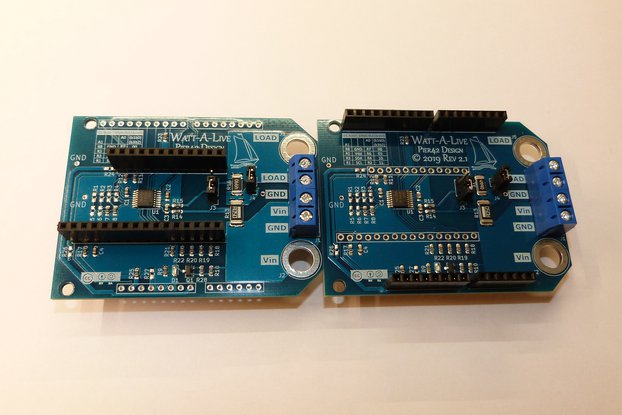
$14.00
Free Shipping!
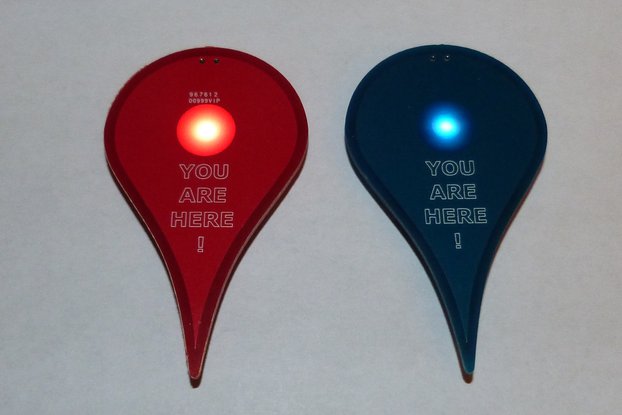
$4.00
Free Shipping!

$42.00
Free Shipping!
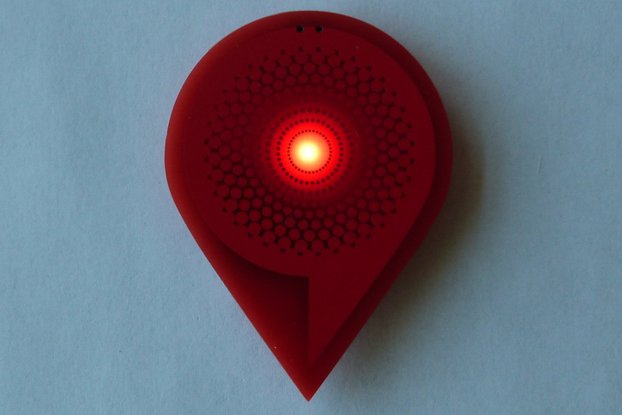
$4.00
Free Shipping!
By clicking Register, you confirm that you accept our Terms & Conditions
We recognize our top users by making them a Tindarian. Tindarians have access to secret & unreleased features.
We look for the most active & best members of the Tindie community, and invite them to join. There isn't a selection process or form to fill out. The only way to become a Tindarian is by being a nice & active member of the Tindie community!
